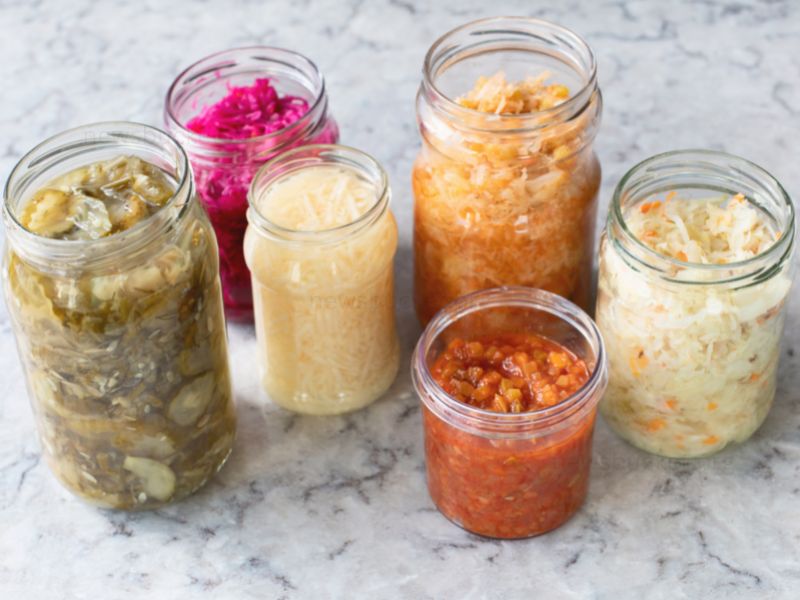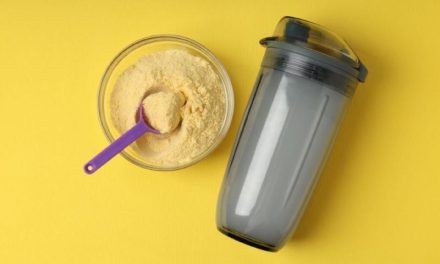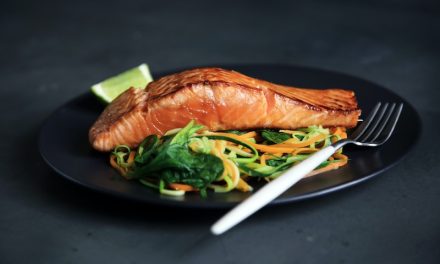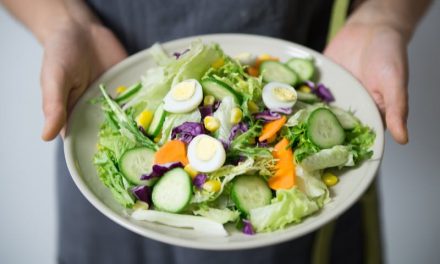Introduction
If you’re already familiar with lacto-fermentation, then you know that it’s the process of fermenting foods with the help of specific bacteria and yeast that are naturally present in a certain environment. It’s been done for thousands of years, and it’s a natural way to preserve food so we can have delicious meals all year round. Fermentation takes place when you have active cultures growing in your food – this gives us those tangy healthy probiotics! The fermentation process helps keep your future meals more nutritious while removing any unwanted bacteria or toxins from them as well. You can ferment just about any type of vegetable, fruit, or grain – even meat!
Lacto-fermentation is the process of fermenting foods with the help of specific bacteria and yeast that are naturally present in a certain environment.
Lacto-fermentation is the process of fermenting foods with the help of specific bacteria and yeast that are naturally present in a certain environment. It’s been used for thousands of years, and you can find examples all over the world: from kimchi in Korea to sauerkraut in Germany and Russia (and other Eastern European countries), to pickled turnips eaten by Native Americans.
Lacto-fermentation helps preserve food–since it inhibits bacterial growth–and makes it more nutritious as well.
It’s the natural way to preserve food, and it’s been done for thousands of years.
Fermenting and pickling are two ways of preserving food that has been around for centuries. It’s the natural way to preserve food, and it’s been done for thousands of years.
Fermentation involves adding bacteria or yeast to a liquid to create an acid-based environment where harmful bacteria can’t grow. In this process, lactic acid is produced which acts as a preservative (and gives certain fermented foods their unique flavor). Ferments can also be made by combining salt with vegetables or fruits in order to draw out water from them; this makes them last longer without refrigeration because there is less moisture available for microorganisms within them.
Fermentation takes place when you have active cultures growing in your food.
Fermentation is a process of decomposition that uses bacteria and yeast to create acids, gases, and alcohol. This can be done in two ways: either by letting the culture grow naturally or by adding vinegar or lemon juice to encourage the growth of bacteria.
The first method is known as “wild fermentation,” while the second is called “cultured fermentation.” The former requires you to let your food sit out at room temperature until it starts to ferment on its own (if you’ve ever left a bowl of grapes out for too long, then you know what I’m talking about). This can take anywhere from one day up until several weeks–it all depends on how quickly your particular batch will ferment! You don’t need any special equipment or ingredients; just make sure that whatever container you choose has an airtight seal so no bugs get into it while they’re growing their colonies inside.
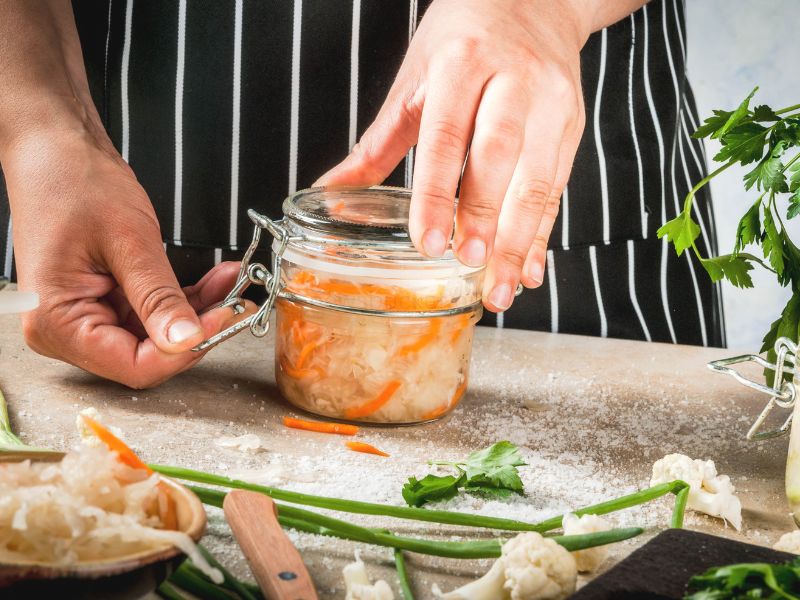
The fermentation process helps keep your future meals more nutritious while removing any unwanted bacteria or toxins from them as well.
Fermentation is a natural process that helps preserve food and increase its nutrient content. It’s also a great way to reduce the risk of foodborne illness, which makes it an ideal practice for anyone who wants to enjoy their meals without worrying about getting sick.
The benefits of fermentation include:
- Increased nutritional value – Fermented foods tend to be higher in probiotics (aka “good” bacteria), and vitamin C and B vitamins than non-fermented versions of the same thing. For example, sauerkraut contains four times more vitamin C than fresh cabbage does!
- Improved digestibility – The fermentation process breaks down certain compounds found in vegetables like lactic acid and brine acid into smaller molecules that are easier for our bodies to absorb–which means you’ll get more out of each bite!
- Longer shelf life – By removing water from fruits or vegetables while they’re being preserved by lactic acid bacteria (LABs), you can prolong their shelf life by weeks instead of days–and even months if done right!
You can ferment just about any type of vegetable, fruit, or grain – even meat!
Fermentation is a natural process that’s beneficial for your body, and it can be used to preserve food for long periods of time. There are many different types of ferments out there–some you’ve heard of, like sauerkraut or kimchi; others you may not have heard as much about, like miso (a paste made from soybeans) or tempeh (fermented soybean cake).
In general terms, fermentation involves taking something raw and putting it into an environment where bacteria will consume the sugars present in the food item in order to create lactic acid; this change creates an acidic environment that inhibits other types of microorganisms from growing while also preserving nutrients through inhibiting oxidation (the loss of vitamins).
Although most people think about pickling as being used primarily with vegetables like cucumbers or carrots – any type of fruit or grain can be fermented too! And yes – even meat!
Conclusion
You can ferment almost any vegetable, fruit, or grain – even meat! This is an excellent method to save money while also improving your diet by using potent probiotics. Your imagination is the only limit.
© 2016-2022 by newsbucket.org, a LIVenture LLC.
All rights reserved. No part of this document may be reproduced or transmitted in any form or by any means,
electronic, mechanical, photocopying, recording, or otherwise, without prior written permission of LIVentures LLC.
